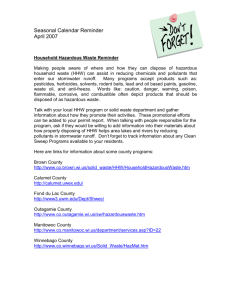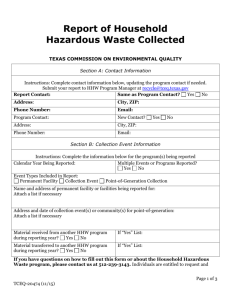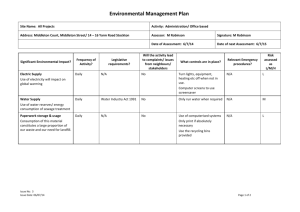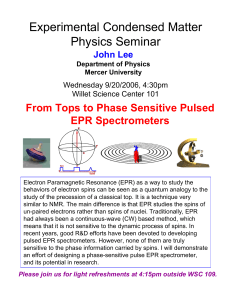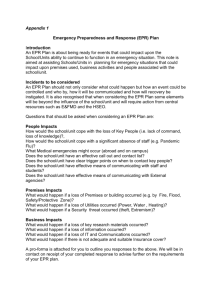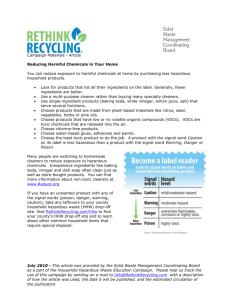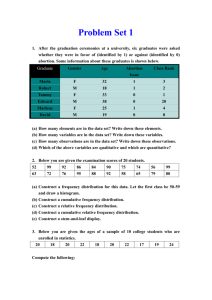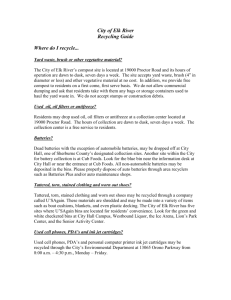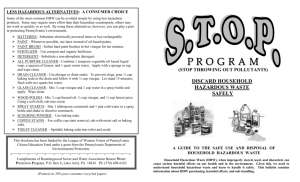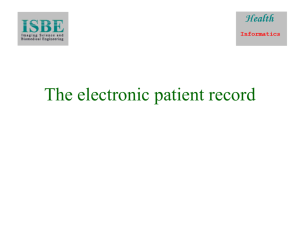Canadian Programs Overview
advertisement
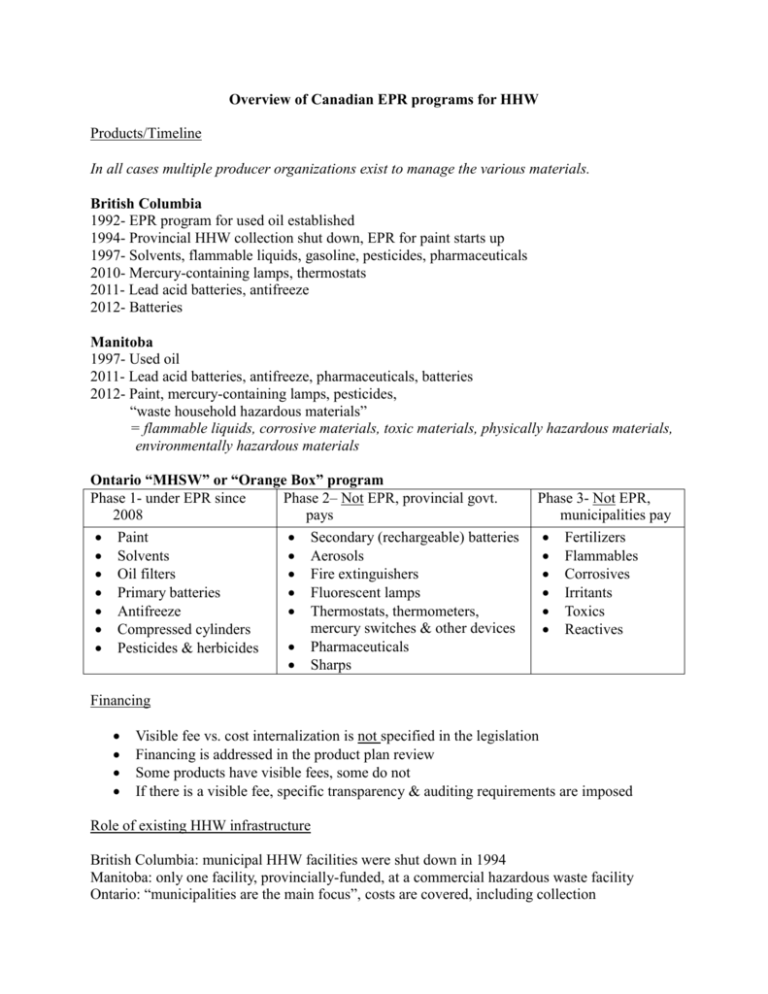
Overview of Canadian EPR programs for HHW Products/Timeline In all cases multiple producer organizations exist to manage the various materials. British Columbia 1992- EPR program for used oil established 1994- Provincial HHW collection shut down, EPR for paint starts up 1997- Solvents, flammable liquids, gasoline, pesticides, pharmaceuticals 2010- Mercury-containing lamps, thermostats 2011- Lead acid batteries, antifreeze 2012- Batteries Manitoba 1997- Used oil 2011- Lead acid batteries, antifreeze, pharmaceuticals, batteries 2012- Paint, mercury-containing lamps, pesticides, “waste household hazardous materials” = flammable liquids, corrosive materials, toxic materials, physically hazardous materials, environmentally hazardous materials Ontario “MHSW” or “Orange Box” program Phase 1- under EPR since Phase 2– Not EPR, provincial govt. 2008 pays Paint Secondary (rechargeable) batteries Solvents Aerosols Oil filters Fire extinguishers Primary batteries Fluorescent lamps Antifreeze Thermostats, thermometers, mercury switches & other devices Compressed cylinders Pharmaceuticals Pesticides & herbicides Sharps Phase 3- Not EPR, municipalities pay Fertilizers Flammables Corrosives Irritants Toxics Reactives Financing Visible fee vs. cost internalization is not specified in the legislation Financing is addressed in the product plan review Some products have visible fees, some do not If there is a visible fee, specific transparency & auditing requirements are imposed Role of existing HHW infrastructure British Columbia: municipal HHW facilities were shut down in 1994 Manitoba: only one facility, provincially-funded, at a commercial hazardous waste facility Ontario: “municipalities are the main focus”, costs are covered, including collection
